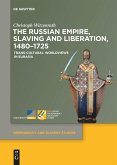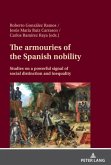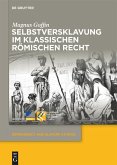In the past, most studies on Pre-Roman societies in Italy (1st millennium BCE) focused on the elites, their representation and cultural contacts. The aim of this volume is to look at dependent and marginalized social groups, which are less visible and often even difficult to define (slaves, servants, freedmen, captives, 'foreigners', athletes, women, children etc.). The methodological challenges connected to the study of such heterogeneous and scattered sources are addressed. Is the evidence representative enough for defining different forms of dependencies? Can we rely on written and pictorial sources or do they only reflect Greek and Roman views and iconographic conventions? Which social groups can't be traced in the literary and archaeological record? For the investigation of this topic, we combined historical and epigraphical studies (Greek and Roman literary sources, Etruscan inscriptions) with material culture studies (images, sanctuaries, necropoleis) including anthropological and bioarchaeological methods. These new insights open a new chapter in the study of dependency and social inequality in the societies of Pre-Roman Italy.
Bitte wählen Sie Ihr Anliegen aus.
Rechnungen
Retourenschein anfordern
Bestellstatus
Storno








